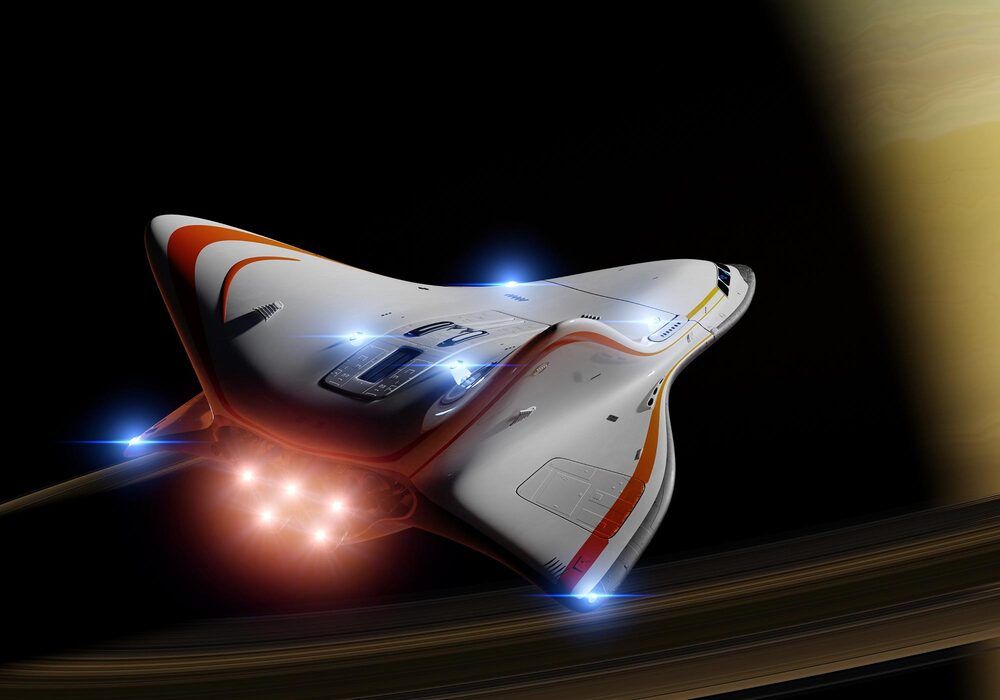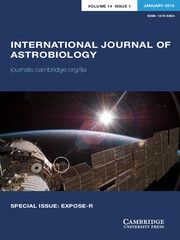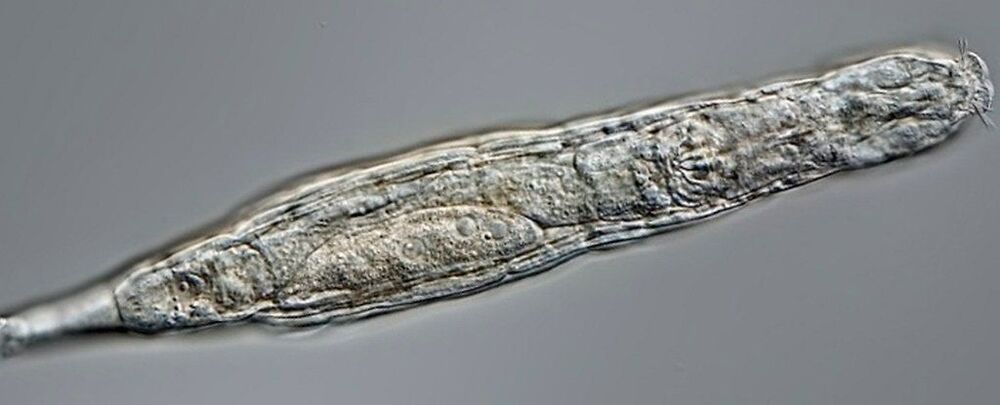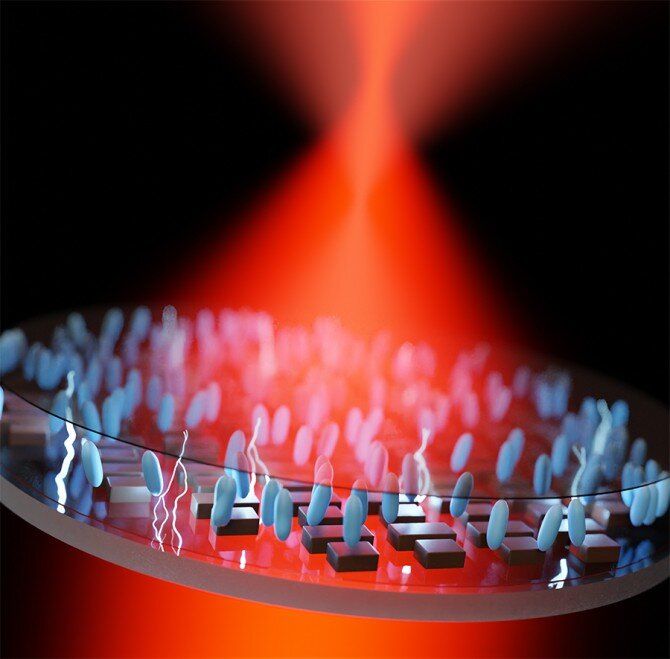The US Defense Advanced Research Projects Agency (DARPA) has recently commissioned three private companies, Blue Origin, Lockheed Martin and General Atomics, to develop nuclear fission thermal rockets for use in lunar orbit.
Such a development, if flown, could usher in a new era of spaceflight. That said, it is only one of several exciting avenues in rocket propulsion. Here are some others.
The standard means of propulsion for spacecraft uses chemical rockets. There are two main types: solid-fueled (such as the solid rocket boosters on the Space Shuttle), and liquid-fueled (such as the Saturn V).









